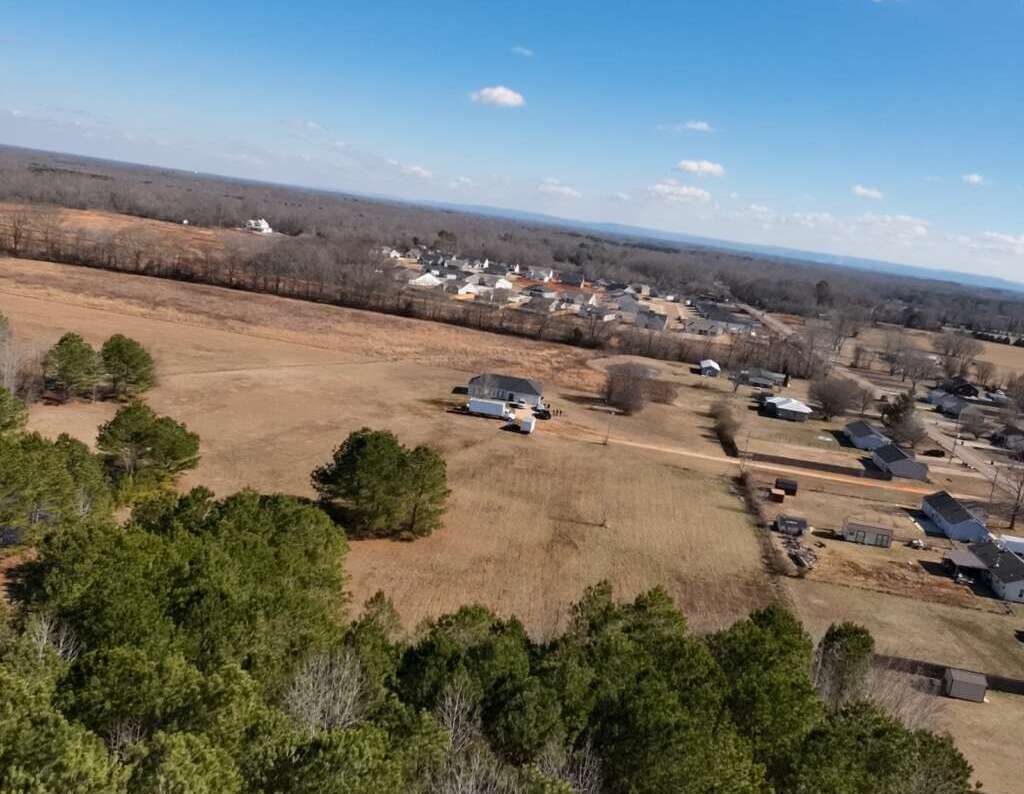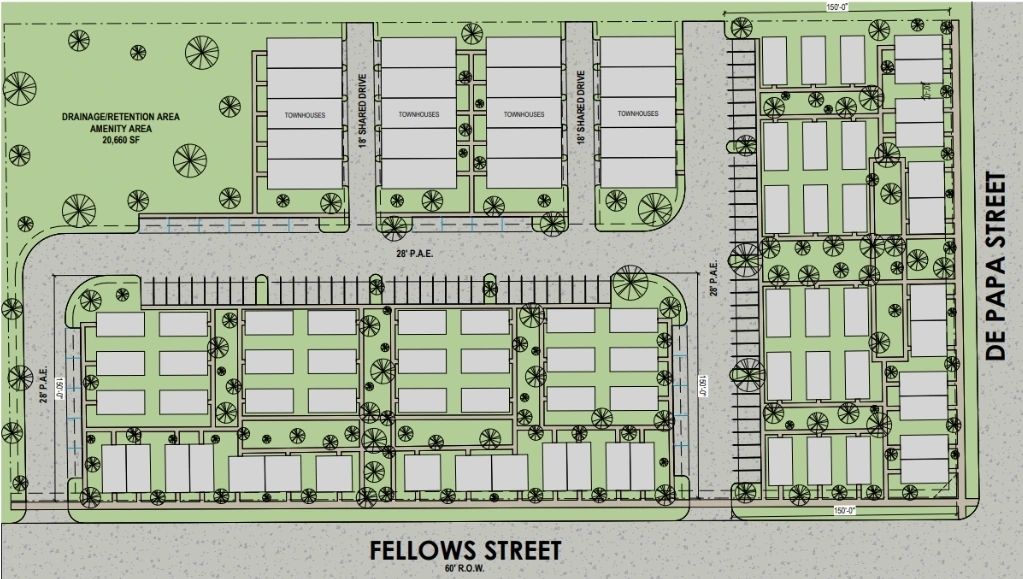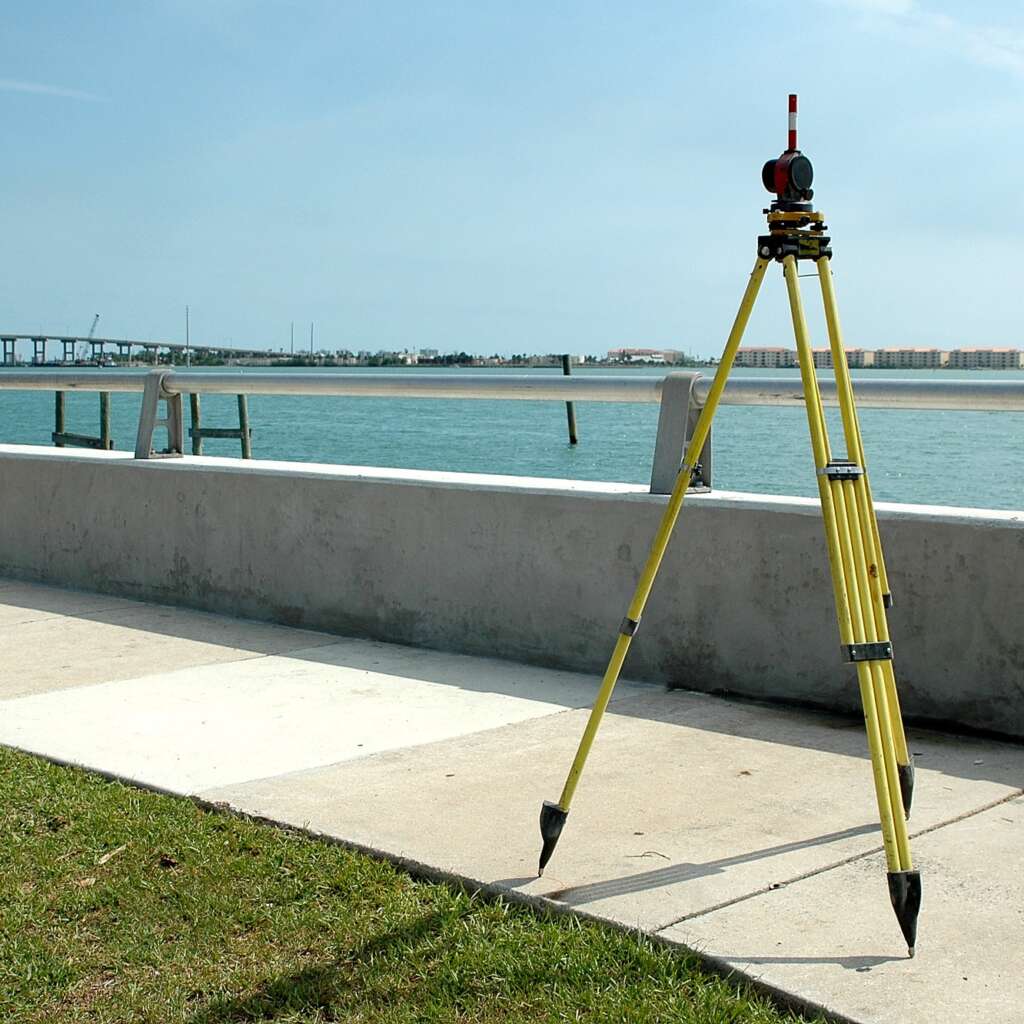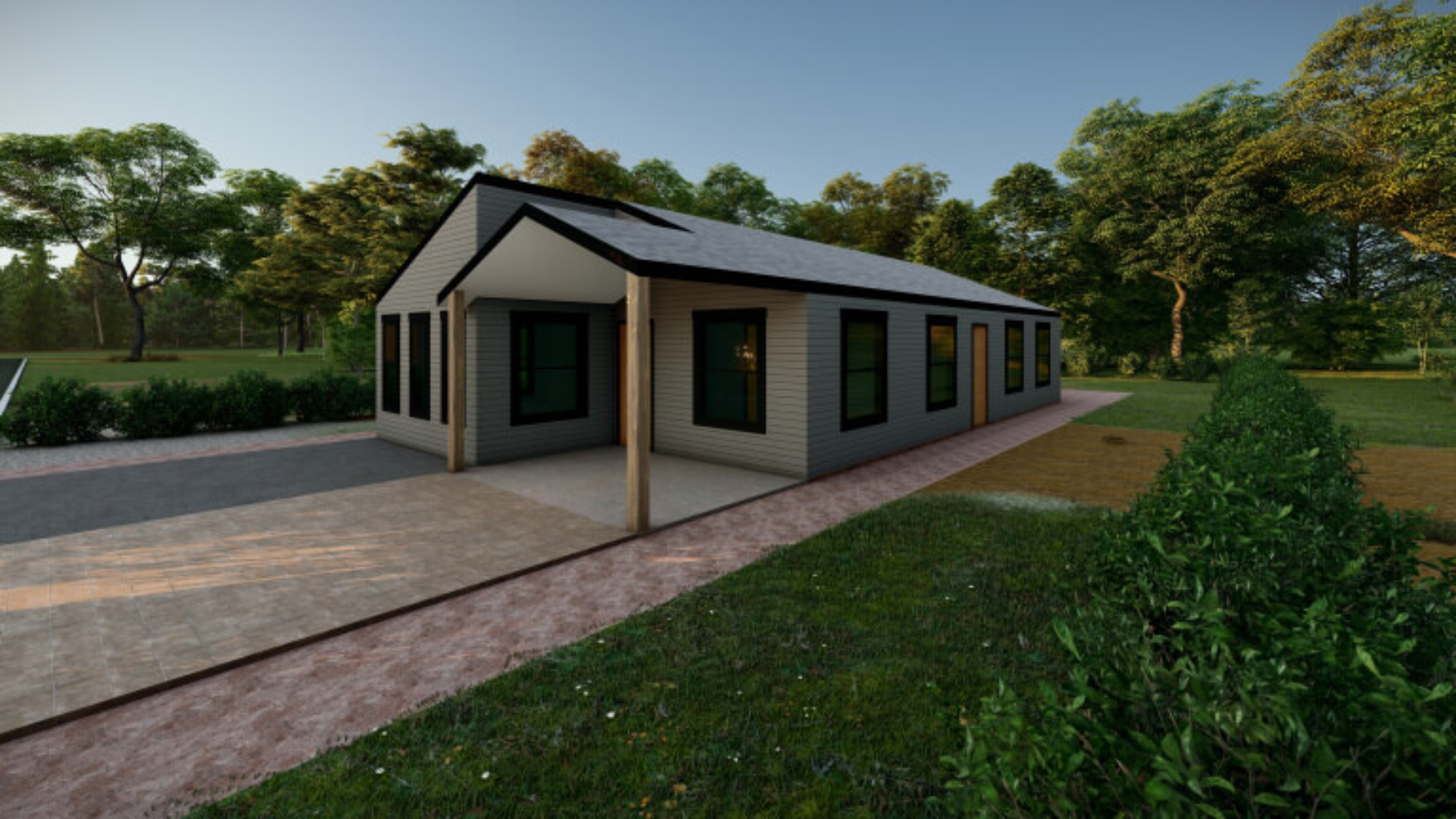You’ve got land in Alabama and a vision—maybe a residential subdivision, a commercial build, or a mixed-use project that could transform a corner of your county. But before any dirt gets moved, there’s one question that separates successful developers from future lawsuits:
Have you done your Phase 1 and Phase 2 engineering?
In land development, these two stages are not bureaucratic speed bumps—they’re the foundation that determines if your project will succeed before you commit your capital, time, or reputation. Skipping them doesn’t save money. It multiplies risk.
And in Alabama’s ever-evolving landscape of environmental scrutiny, drainage requirements, and permitting expectations, you can’t afford to guess.
What Is a Phase 1 Engineering Assessment?
Phase 1 is the investigative stage—the first deep look into what your land is really made of.
It includes:
- Environmental site assessments (ESAs)
- Wetland and floodplain evaluations
- Zoning verification and entitlements
- Topographic and boundary surveys
- Utility access and feasibility checks
At this stage, we’re not drawing buildings. We’re drawing borders between possible and impossible. Phase 1 reveals legal, regulatory, and physical limitations that could affect cost, timeline, or viability.
For example:
Let’s say you’re planning a small commercial site off Highway 280. Phase 1 identifies that 30% of your property sits within a FEMA-designated Special Flood Hazard Area (SFHA). Without this information, you might spend $10,000+ on architectural plans—only to find out you can’t build what you envisioned without mitigation, flood insurance, and drainage approvals that triple your infrastructure budget.

Why Phase 2 Engineering Isn’t Just a Technicality
If Phase 1 is about investigation, Phase 2 is about validation and precision.
This stage includes:
- Soil boring and geotechnical analysis
- Stormwater modeling and detention design
- Grading, drainage, and erosion control plans
- Infrastructure engineering (roads, sewer, water lines)
- Permitting coordination with agencies like ALDOT, ADEM, and local municipalities
Skipping Phase 2 is like deciding to build a house without checking if the ground beneath it can handle the foundation.
It’s in this phase that we determine:
- If your land can handle the proposed loads
- What kind of foundation your buildings will require
- How much stormwater your site must manage—and where it can safely go
- Whether your driveway or access road will be legally approved
In Madison County, for instance, stormwater detention requirements have become increasingly strict due to runoff issues. If your Phase 2 doesn’t account for this in the civil design, you may find yourself redesigning from scratch—at your expense—after an agency rejection.
What Happens If You Skip These Phases?
The short answer? Nothing good.

Here’s what can go wrong:
- Permitting Rejections: Without proper environmental and engineering documentation, your application to build will be denied or delayed indefinitely.
- Massive Redesign Costs: If you find out later that your proposed development doesn’t meet code, you’ll have to hire new professionals to rework the site layout, utilities, drainage, and more—often costing 2–3 times more than if you’d planned properly.
- Legal Liability: Environmental violations, flood damage, or stormwater mismanagement can expose you to civil lawsuits, fines from ADEM, and local enforcement actions.
- Lost Funding or Partnerships: Banks, investors, and partners expect documented due diligence. If you can’t show Phase 1 and Phase 2 analysis, they may walk away—or offer you terms that reflect increased risk.
In short, you might save $20,000 by skipping engineering—but lose $200,000 correcting preventable problems.
Our Vertically Integrated Approach: Built for Alabama’s Realities
At UrbanPlanningPros, we approach land development differently.
Because we’re vertically integrated, we handle both strategic consulting and technical engineering—bringing everything under one roof and one plan. That means you don’t get a Phase 1 team that forgets about Phase 2. You get a project roadmap with continuity, accountability, and local expertise.
We coordinate with:
- Surveyors and soil engineers
- County planning boards and municipal zoning officers
- Stormwater and environmental regulators
- State agencies like ALDOT and ADEM
More importantly, we don’t just identify problems, we provide solutions that align with what’s physically and legally possible for your land in today’s Alabama regulations, not last decade’s assumptions.

Don’t Break Ground Blind
Too many Alabama landowners learn the hard way that cutting corners on early engineering doesn’t speed things up, it shuts them down. And by the time you’re in damage control mode, the costs have already ballooned.
Phase 1 and Phase 2 are not technicalities. They are your foundation.
If you’re even thinking about developing your land, let us help you find the facts first—so you’re not paying for mistakes later.
Get a Professional Land Engineering Review Today
Schedule a consultation with UrbanPlanningPros
Because your land might look ready—but the ground tells a deeper story.



Add a Comment